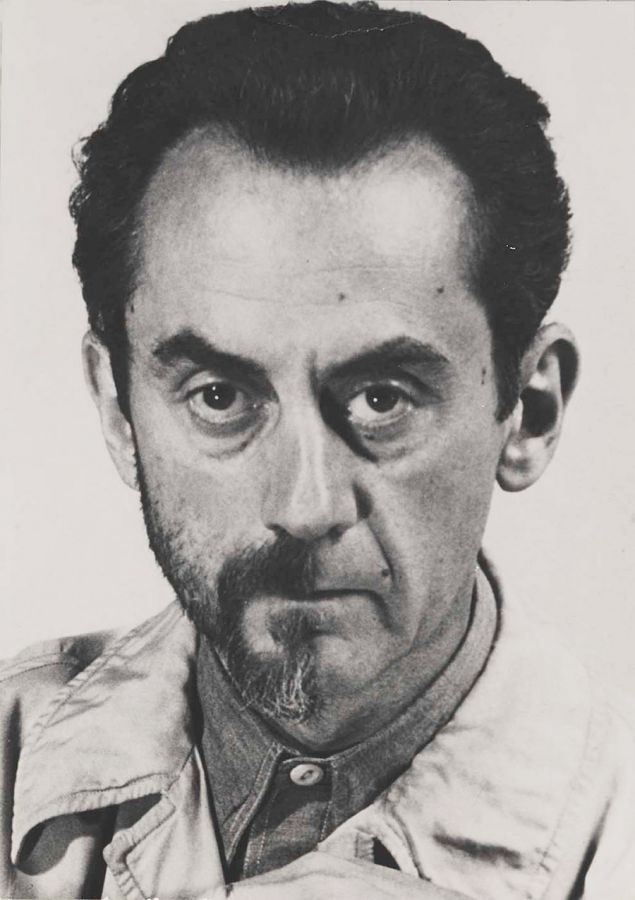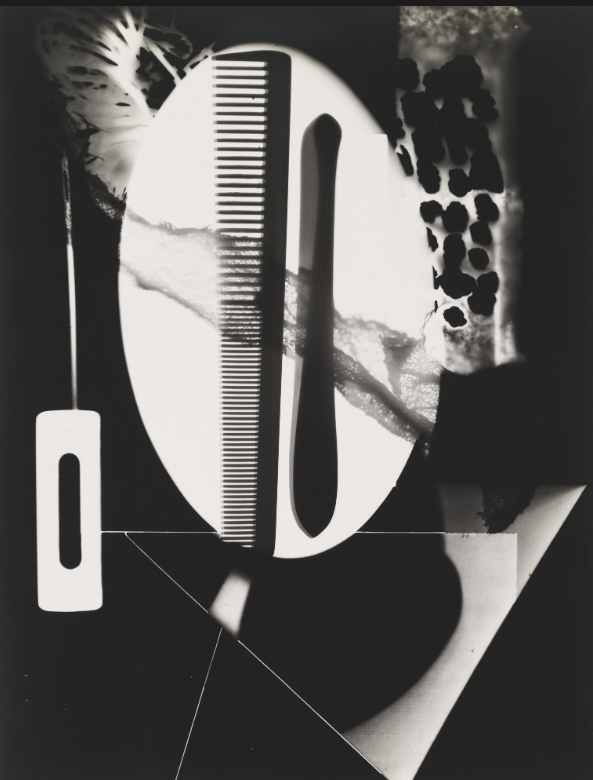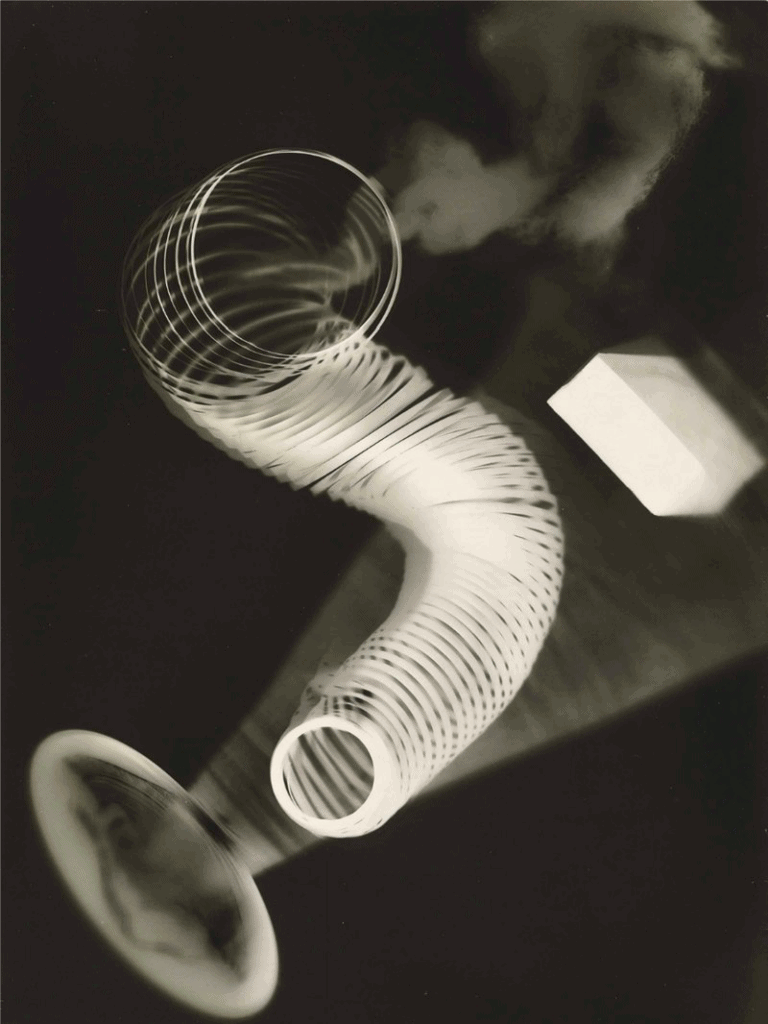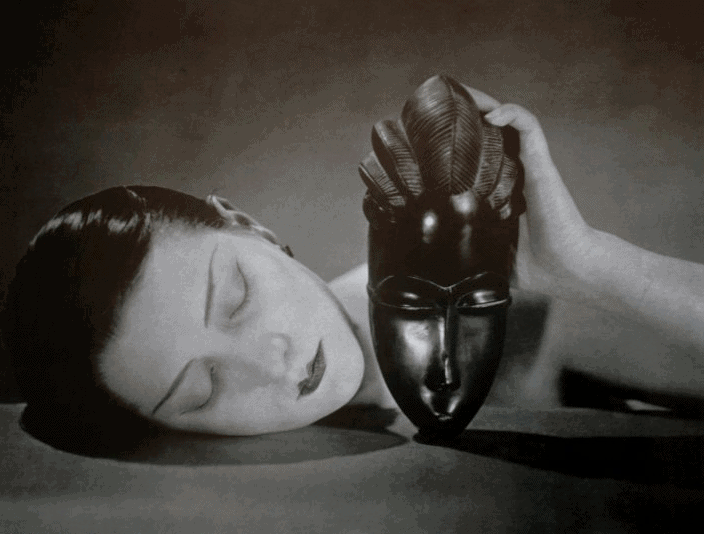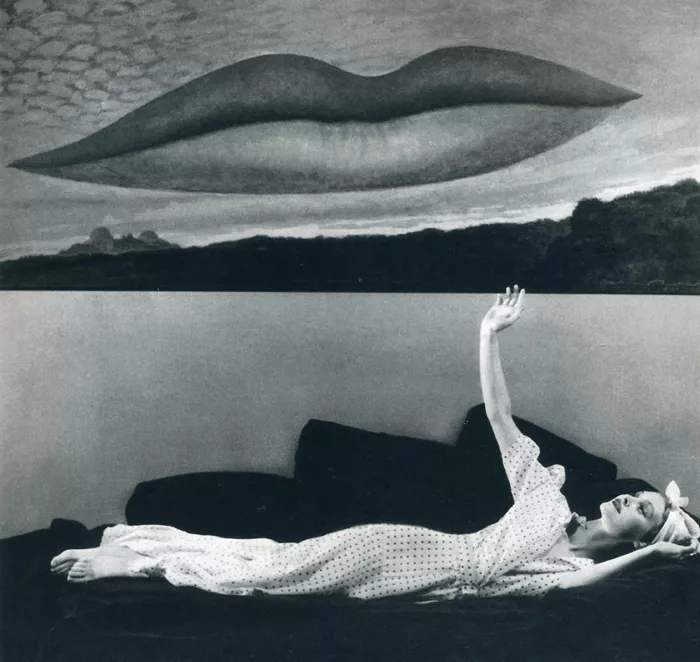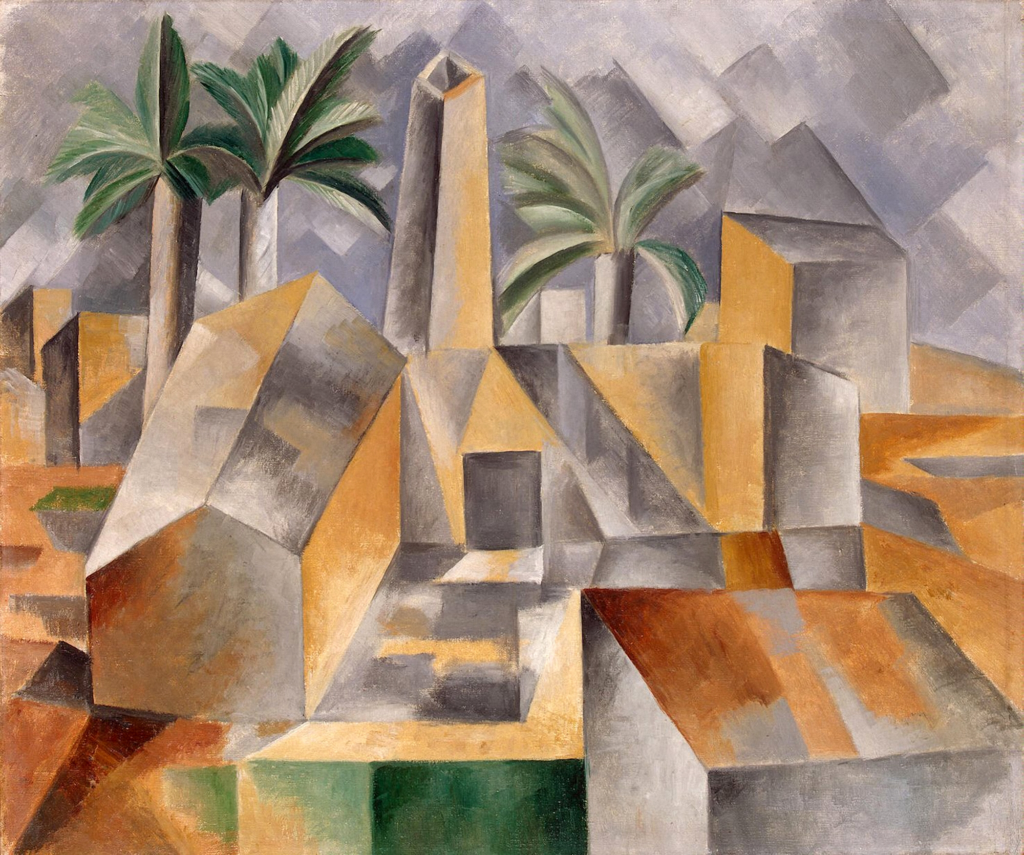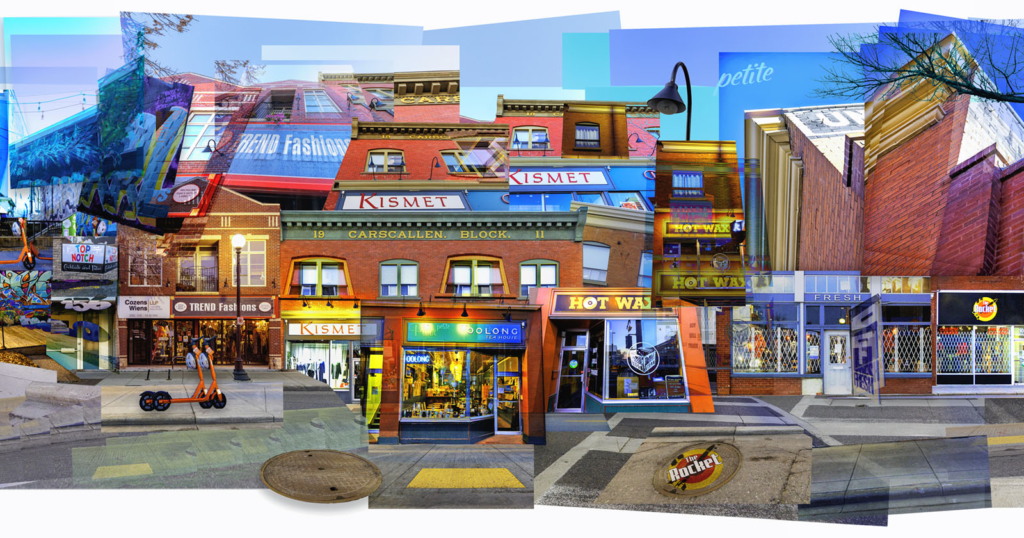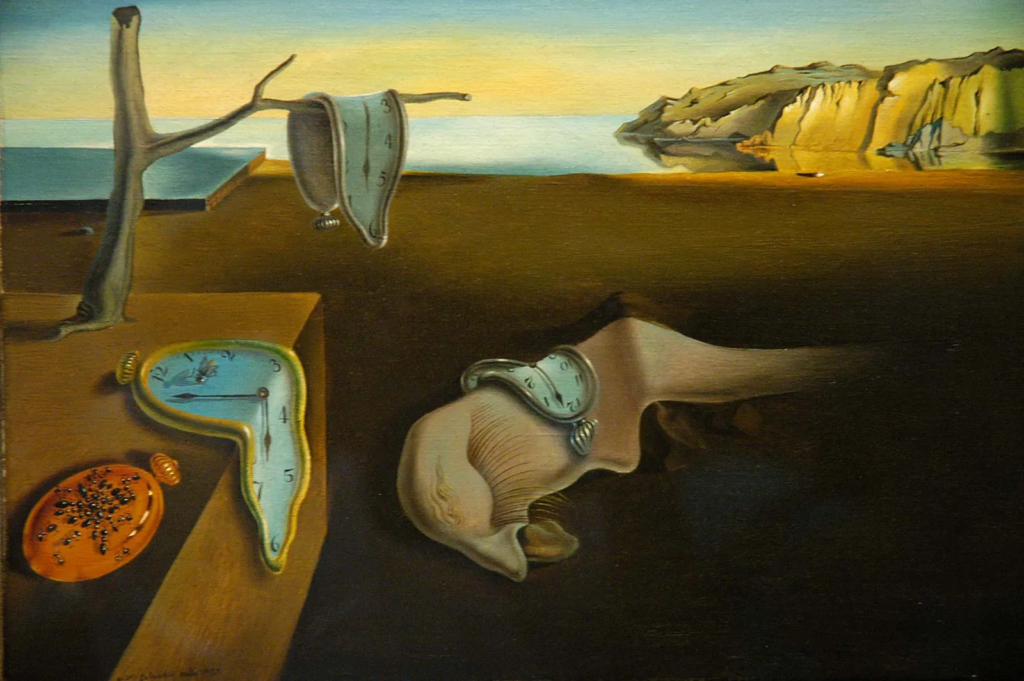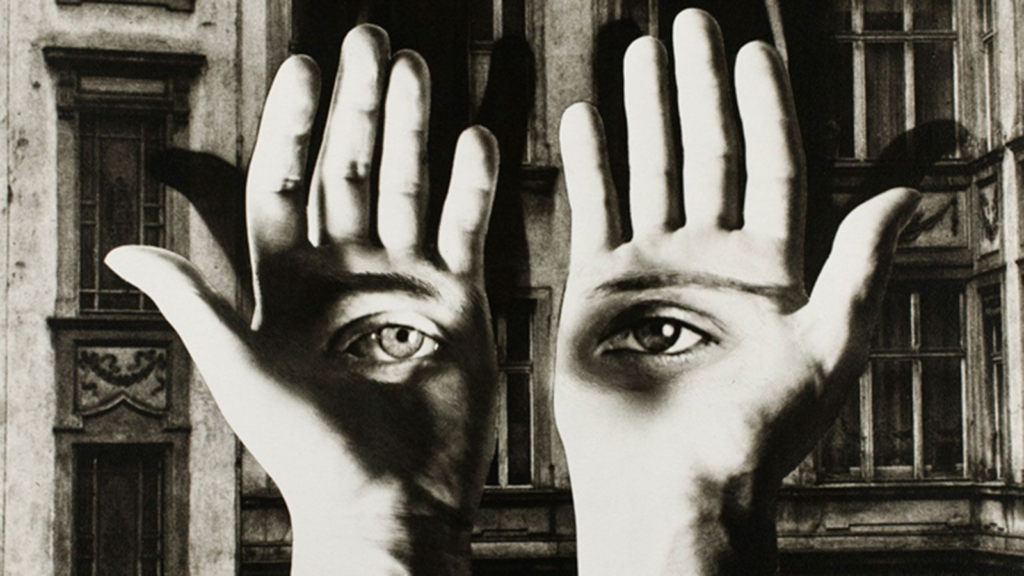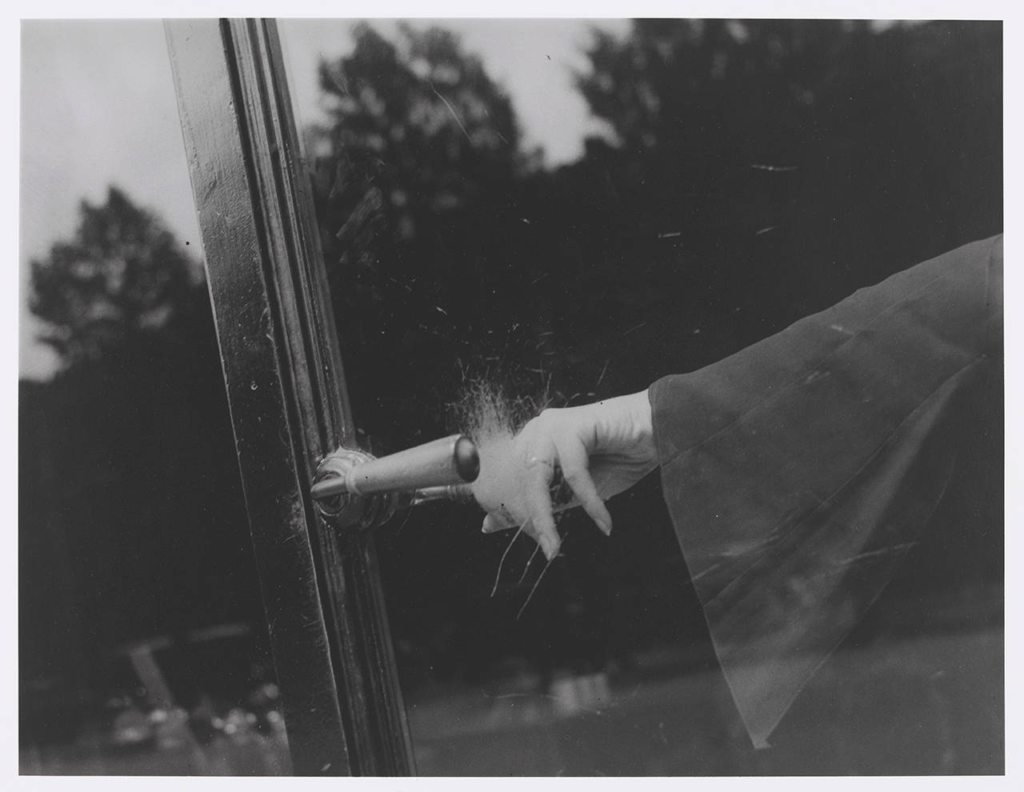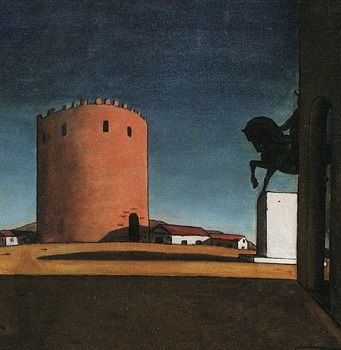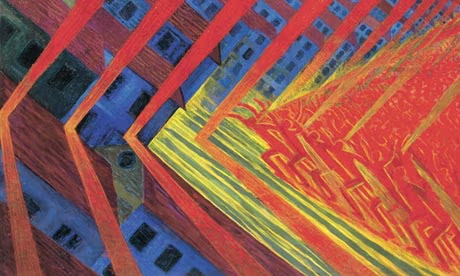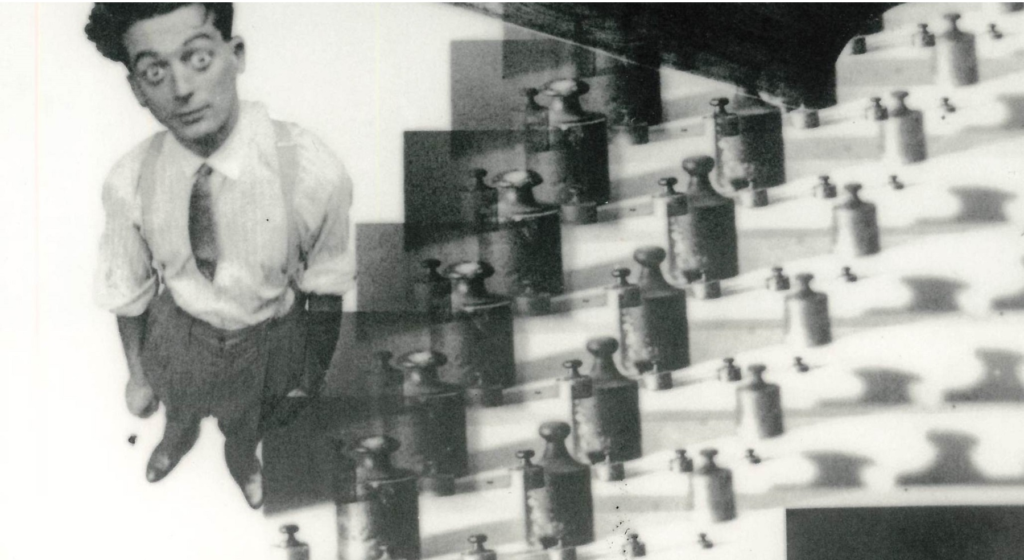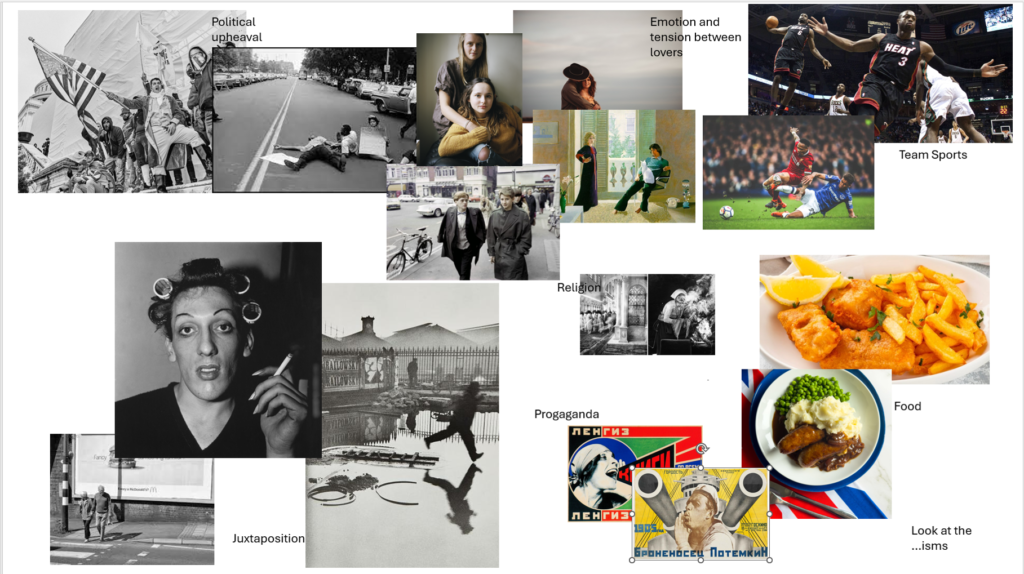Alexander Mourant is an artist, educator and writer based in London, and born in Jersey. The work of Alexander Mourant embraces autobiography, literature and reference-based thinking, to create narratives that question the relationship between the body and the photographic medium. Mourant proposes how images may deal with temporality, spatiality and reflexivity, through new ways of thinking, and alludes to the photographic becoming a terrain itself, and a place we traverse.
Aomori
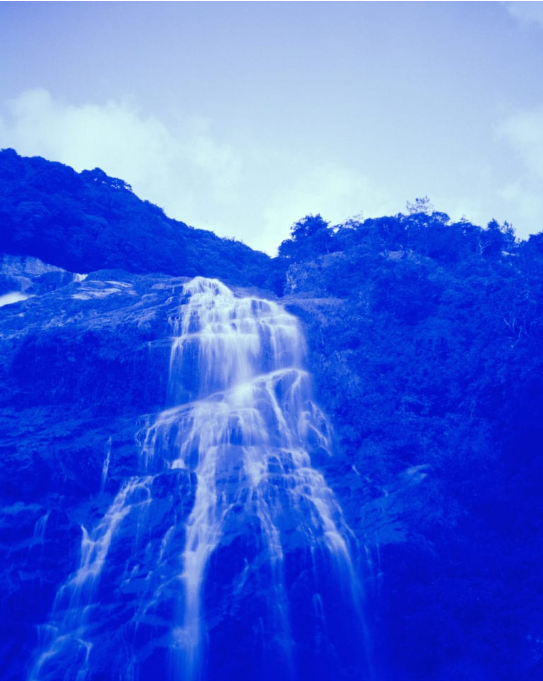
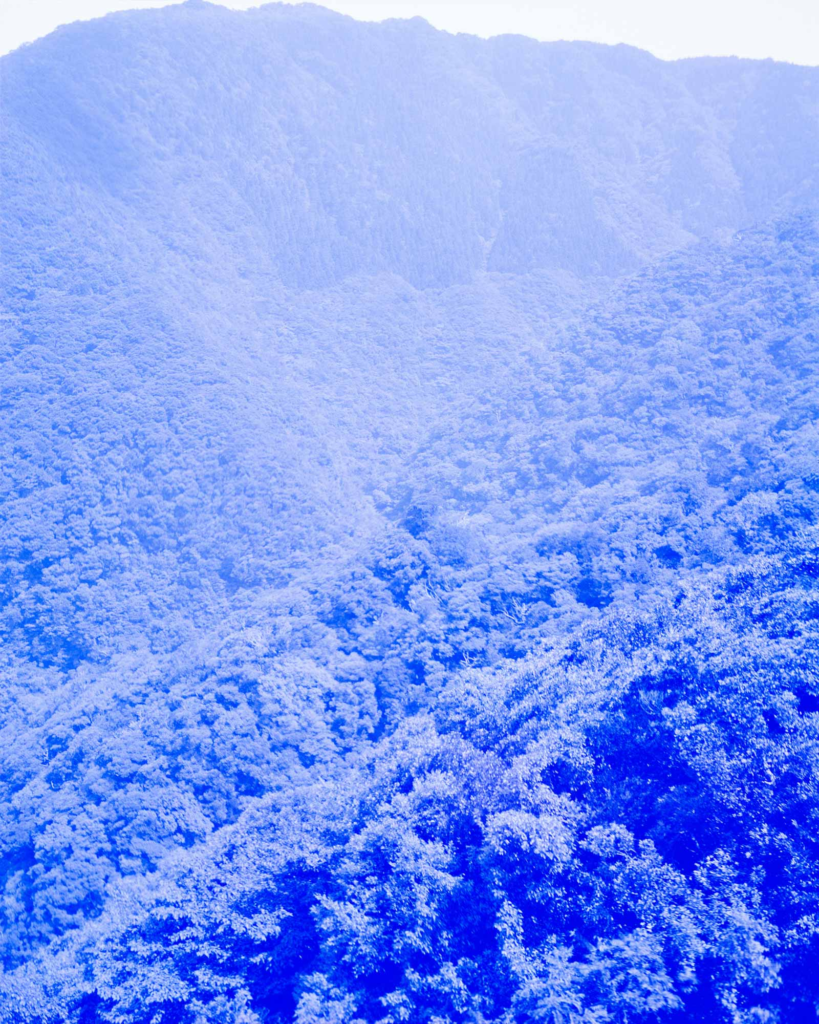
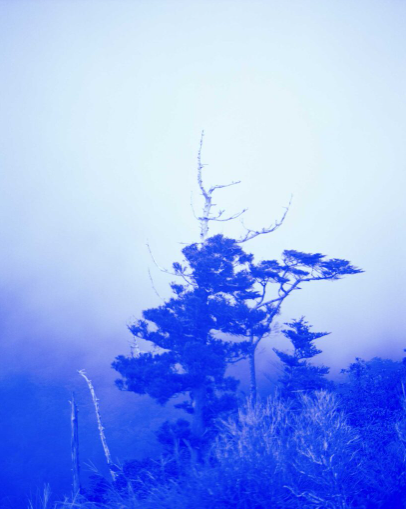
“It is peculiar how forests have such an affect on us,” observes Jersey-born photographer Alexander Mourant of his latest project Aomori, which was shot in Japan’s ancestral forests. “As temporal dimensions crumble, objectivity leaves us. We are found in a still, oneiric state, contemplating our own accumulation of experience.” (link)
These Images where taken in Japan as the name suggests, as Aomori meaning ‘blue forest’ in Japanese. The link between these two words creates Ideas on forests, as well as the nature of blue. “Together they create a place of high intensity, a place which questions our relationship to time, colour and self.”
The process to take these images was to use a church’s stained glass window, which was cut to make a lens filter. This adds spiritual history through the creation process, which also adds to the rich culture of Japan. “Susan Bright commented on the religious symbolism of my work, saying: ‘the spiritual history of the process seeps through into the image, to a time when the land was a place of worship,’”
His main inspiration for these blue monochrome Images was Yves Klein, and particularly his studies in the colour blue. Yves Klein used blue as it representing his spirituality and religious upbringing, the essence of natural elements like water and sky, and the vast expanse of the universe.
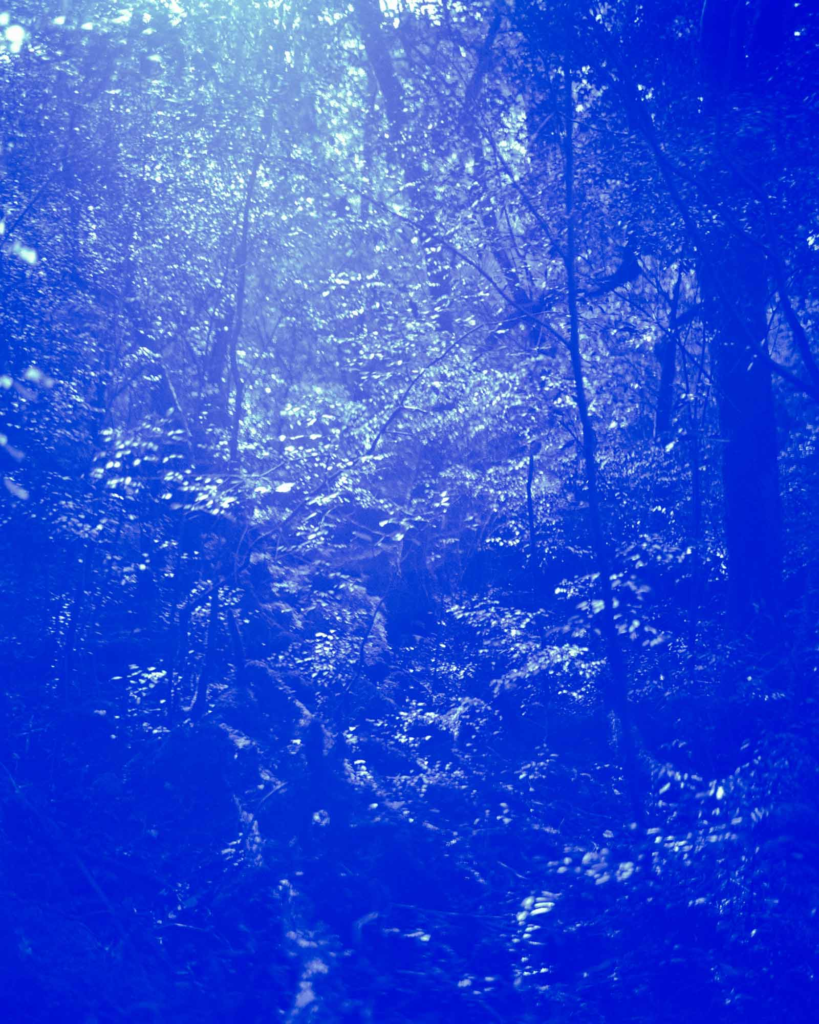
Above is one image from his from his work ‘Aomori’. From a first glace, you can see a heavily dense and humid forest, with the tropical flora coving the whole image. Closer to the top of the image, the bright mid-day sun is breaking it way though the plants, and reflecting off moist plants far into the depths of this forest. This creates an very atmospheric image, and draws the viewer into this magical world.
Blue in art is often used to create peace and tranquillity, and its defiantly shown in this image. The blue colour and the white highlights shining off the plants make this image feel like a old and enjoyable memory of a peaceful time. These Images engulf the viewer into a a mysterious voyage where both sorrow and beauty are tied together. These photos feel ancient, peaceful and respectful, party due to the strong blue that exposes itself to the viewer, as well as how these forests from Japan have taken centuries to form.
The lightness
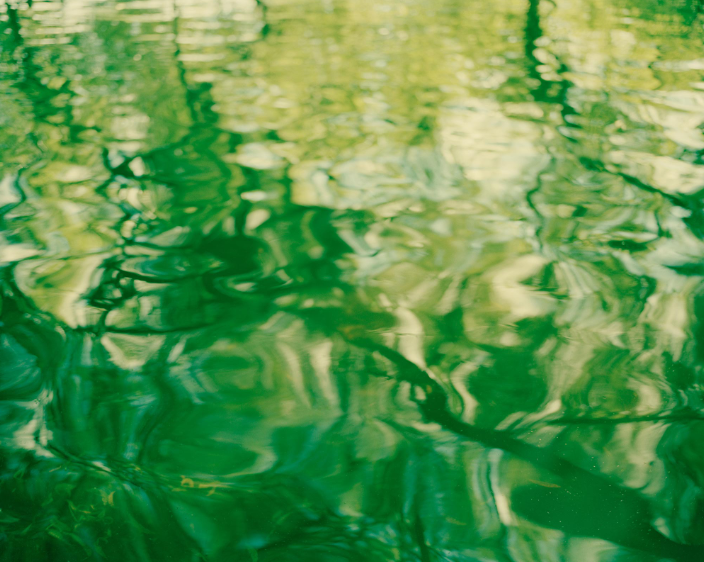
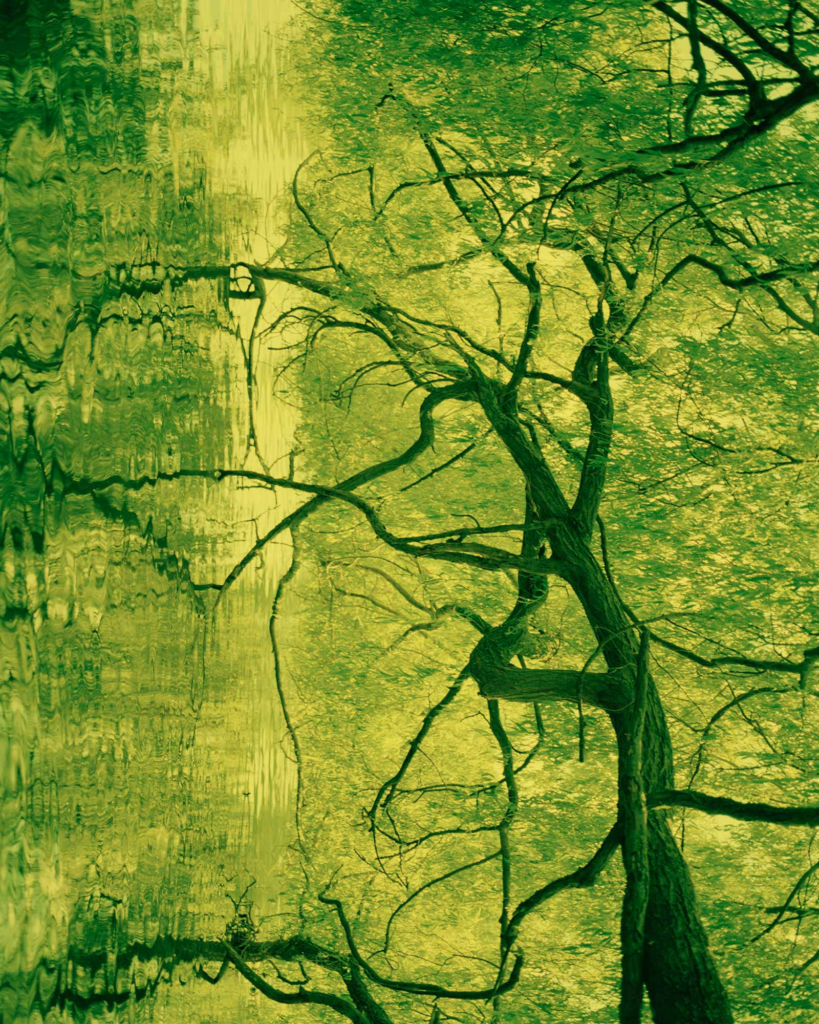
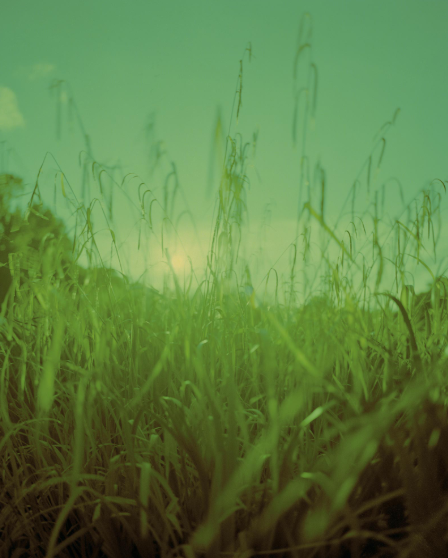
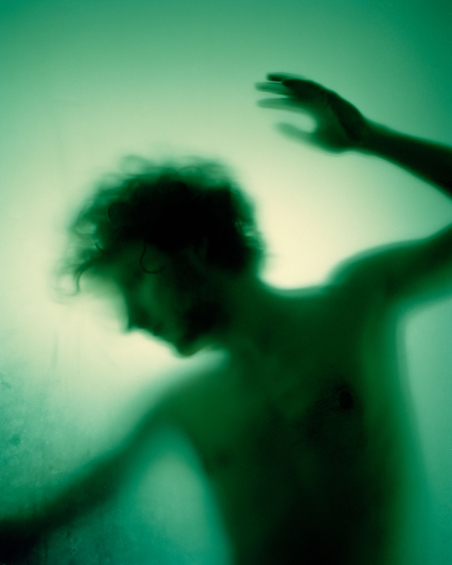
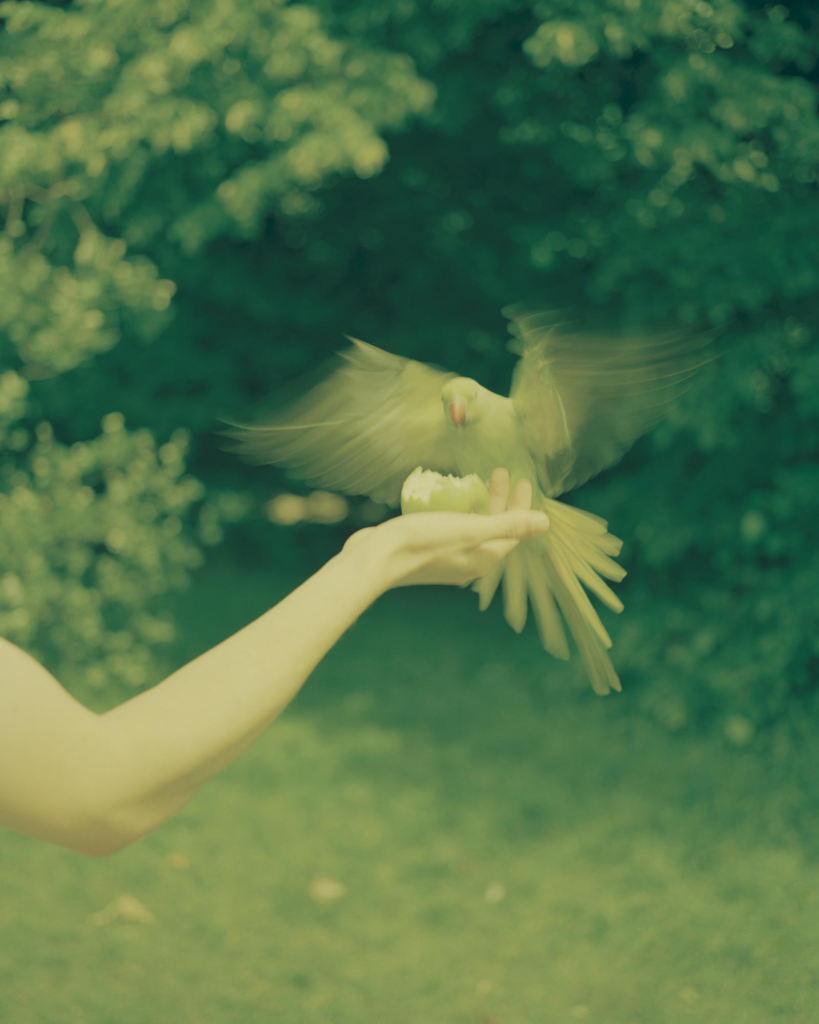
This work gravitates more towards green instead of the blue from the previous project by Mourant. There was no reason for this, but as Mourant stated, ‘I think this leads into a more intuitive way of making photographs’ and ‘the photographs emerged in a way that most suits them’. To take these Images there was a lot less planning as ‘spontaneous’ process was favoured, looking for the nature of weightlessness in photographs. His main inspiration was from a book called the Unbearable Lightness of Being by Milan Kundera. These pictures where taken in various parks around London.

